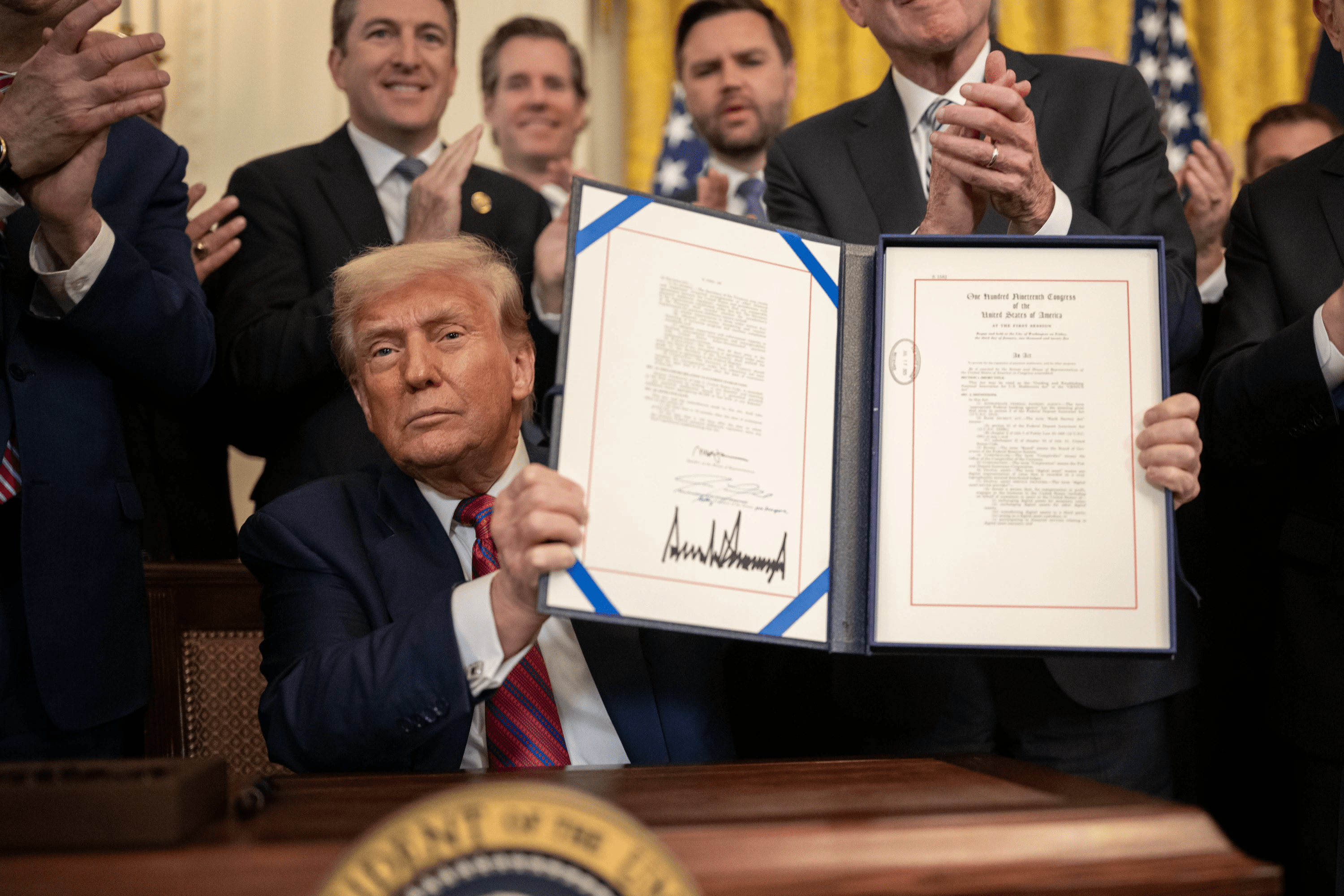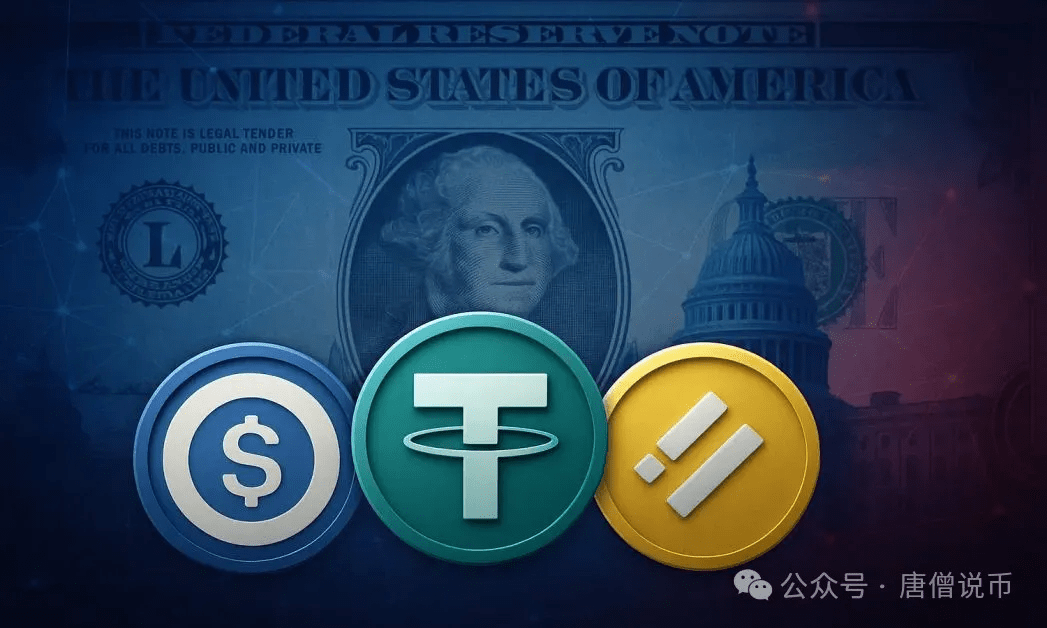Recently, the cryptocurrency sector has witnessed significant policy changes. Former U.S. President Trump officially signed the (Guidance and Establishment of the U.S. Stable Nation Innovation Act) (referred to as the GENIUS Act) on July 18, marking the first establishment of a federal regulatory framework for digital stablecoins in the U.S. Notably, this act incorporates Bitcoin reserves and digital asset reserves into the U.S. federal strategy for the first time, attracting wide attention from the global cryptocurrency market.

On the day the bill was signed, David Sack, the White House Special Advisor on Artificial Intelligence and Cryptocurrency Affairs, emphasized at a digital asset press conference that the GENIUS Act will form two major pillars of U.S. digital asset regulation alongside the market structure regulatory framework. Although this policy shift is driven by Trump, who is known for his "unconventional approach," it brings much-needed policy certainty to the cryptocurrency industry.
1. A Reconsideration of the Essence of Stablecoins: They are a Value Preservation Tool, Not an Investment Target
There are two common misconceptions about stablecoins in the market:
01 It is believed to be completely independent of the virtual currency regulatory system;
02 It is viewed as a high-yield investment tool. Both views are debatable.
The core value of stablecoins lies in their price stability, which stems from their pegged relationship with fiat currencies. For example, the Hong Kong dollar is a typical "non-blockchain stablecoin," its value entirely relies on the support of the U.S. dollar. We do not consider the Hong Kong dollar an investment product; similarly, stablecoins are essentially just a digital extension of fiat currency.
The GENIUS Act explicitly defines stablecoins as "digital assets that maintain a fixed value supported by fiat currency or other secure reserves," and this positioning will not change due to regulatory recognition.
It is important to note that the benefits of the GENIUS Act mainly favor stablecoin issuing institutions, rather than stablecoin holders. Just as a shadow cannot exist independently from the entity, the value of stablecoins entirely depends on the value of the fiat currency they are pegged to.
2. The Profound Impact of the GENIUS Act: Opportunities and Challenges Coexist
01 Clarification of Issuance Thresholds
Article 5 of the act specifies the entry standards for stablecoin issuing institutions in detail:
Must be a subsidiary of a federally insured deposit insurance institution;
Or non-bank institutions that meet OCC regulatory requirements;
State-chartered entities that may meet federal standards;
It is specifically stipulated that issuing institutions with a market capitalization exceeding $10 billion will be subject to direct supervision by federal banking agencies.
02 New Opportunities in Cross-Border Trade: Stablecoins can significantly enhance cross-border payment efficiency, reducing traditional international remittances from 5-6 working days to minutes while significantly lowering transaction fees. This is undoubtedly a major benefit for enterprises engaged in international trade.
03 Potential Impacts on the Financial System: The popularity of stablecoins may lead to a loss of bank deposits, subsequently affecting banks' lending capabilities. This could indirectly impact enterprises that rely on bank financing, but such "secondary effects" will take a long time to manifest.

3. Special Considerations for the Chinese Market: Regulatory Red Lines Cannot Be Crossed
In the global digital currency game, the U.S. dollar stablecoin may become a new tool for the U.S. to consolidate its financial hegemony. Many dollarized countries (such as Argentina and Turkey) may face new challenges to their monetary sovereignty, which will have far-reaching impacts on the international monetary system.
For the Chinese market, it is necessary to recognize clearly that:
01 Stablecoins still belong to the category of virtual currencies and are strictly constrained by current regulatory policies.
02 Related businesses may touch upon regulatory red lines such as illegal fundraising and cross-border capital flows.
03 Currently, there is a lack of a dedicated stablecoin regulatory framework, and the policy risk is relatively high.
The introduction of the GENIUS Act signifies that stablecoin regulation has entered a new phase, but its essence remains a payment tool rather than an investment product. For Chinese investors, it is essential to recognize the financial innovation brought about by blockchain technology while strictly adhering to regulatory baselines and viewing the development prospects of stablecoins rationally.
In the digital currency field, balancing innovation and compliance is always a key issue that needs to be grasped.
I am Tang Seng. If you want to delve deep into the crypto space but can't find a direction, and wish to quickly get started and understand information gaps, click on my profile to follow me for firsthand information and in-depth analysis!